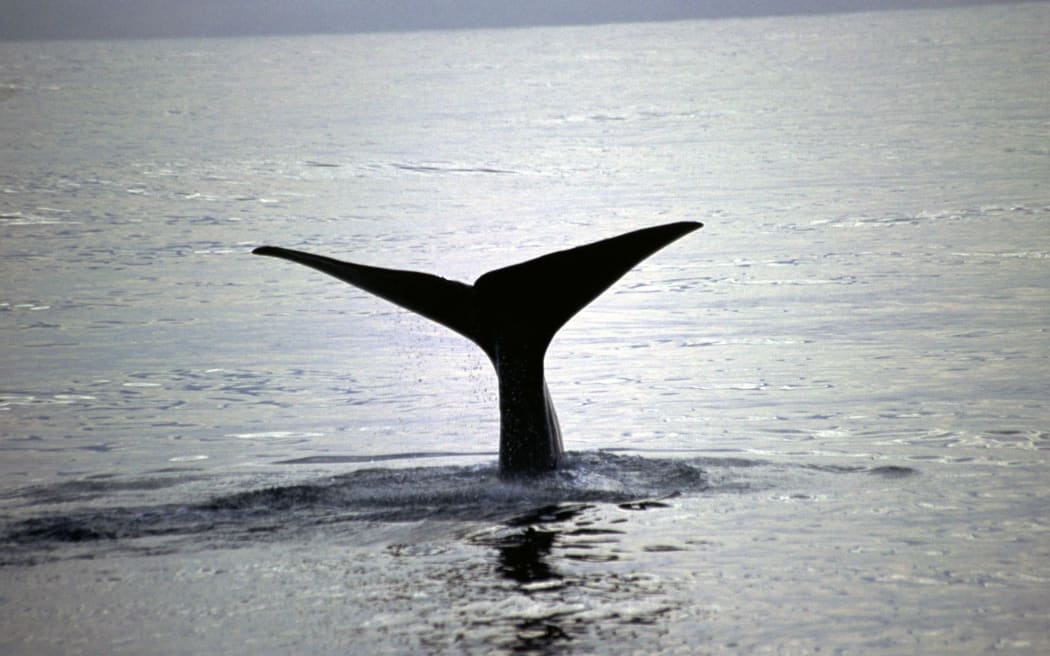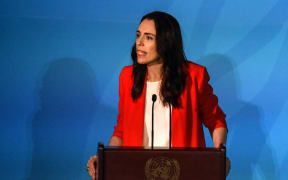A new international report has revealed the clearest information to date on the future of our planet's oceans and frozen regions, and the price civilisation will pay if there is not urgent action.

Photo: 123RF
The Intergovernmental Panel on Climate Change's (IPCC) Special Report on the Ocean and Cryosphere in a Changing Climate has been released in Monaco.
More than 100 authors from 36 countries assessed the latest scientific literature for the report, referencing about 7000 scientific publications.
Who is affected?
The ocean and the cryosphere (the frozen parts of the planet) play a critical role for life on Earth.
Four million people live permanently in the Arctic region and small island developing states are home to 65 million people.
Six hundred and eighty million people in low-lying coastal zones depend directly on these systems, those populations are projected to reach more than one billion by 2050.
There are about 670 million people in high mountain regions, that population is projected to reach between 740 and 840 million by 2050.
Sea level rise and extreme events
The report showed that sea level rise at 3.6 mm a year, is rising more than twice as fast than during the 20th century - and it is accelerating.
Even if greenhouse gas emissions were greatly reduced and global warming is limited to well below 2°C, sea level rise could still reach 30-60cm by 2100.
That number would increase to 60-110cm if greenhouse gas emissions continue to strongly increase.
Marine heatwaves and extreme El Niño and La Niña events are projected to become more frequent, but the rate of this happening and the magnitude of those changes would be smaller with low greenhouse gas emissions.
Frequency of Marine heatwaves will be 20 times higher at 2°C warming, compared to pre-industrial levels.
They would occur 50 times more often if emissions continue to strongly increase.
To date, the ocean has taken up more than 90 percent of the excess heat in the climate system.
By 2100, the ocean will take up two to four times more heat than between 1970 and today, if global warming is limited to 2°C, and up to five to seven times more with higher emissions.
Shifts in marine life
The report found ocean warming and acidification, loss of oxygen and changes in nutrient supplies, are already affecting the distribution and abundance of marine life.
In the future, some regions, notably tropical oceans, will see further decreases, but there will be increases in others, such as the Arctic and possibly around Antarctica.
In the Southern Ocean, the habitat of Antarctic krill, a key prey species for penguins, seals and whales, is projected to contract southwards.
Communities that depend highly on seafood may face risks to nutritional health and food security.
Glaciers, snow, ice and permafrost will continue to decline
The decline is projected to increase hazards for people through landslides, avalanches, rockfalls and floods.
Smaller glaciers found for example in Europe, eastern Africa, the tropical Andes and Indonesia are projected to lose more than 80 percent of their current ice mass by 2100 if high emissions continue, impacting tourism.
Many glaciers are projected to disappear regardless of future emissions.
As mountain glaciers retreat, they are also altering water availability and quality downstream, impacting the agriculture and hydropower sectors.
If global warming is stabilized at 1.5°C above pre-industrial levels, the Arctic Ocean would only be ice-free in September (the month with the least ice) once in every hundred years.
But with global warming of 2°C, this would occur up to one every three years.
Need for urgent action
The report finds that strongly reducing greenhouse gas emissions, protecting and restoring ecosystems, and carefully managing the use of natural resources would make it possible to preserve the ocean and cryosphere.
"In a high emissions scenario, many ocean and cryosphere-dependent communities are projected to face adaptation limits (e.g. biophysical, geographical, financial, technical, social, political and institutional) during the second half of the 21st century," the report found.
Meanwhile, if a low emissions pathway is taken, it will limit the risks from changes in this century and beyond enabling more effective responses.
Debra Roberts, co-chair of IPCC Working Group II said the world would only be able to keep global warming to well below 2°C above pre-industrial levels if there are unprecedented transitions in all aspects of society.
"The more decisively and the earlier we act, the more able we will be to address unavoidable changes, manage risks, improve our lives and achieve sustainability for ecosystems and people around the world - today and in the future," she said.





